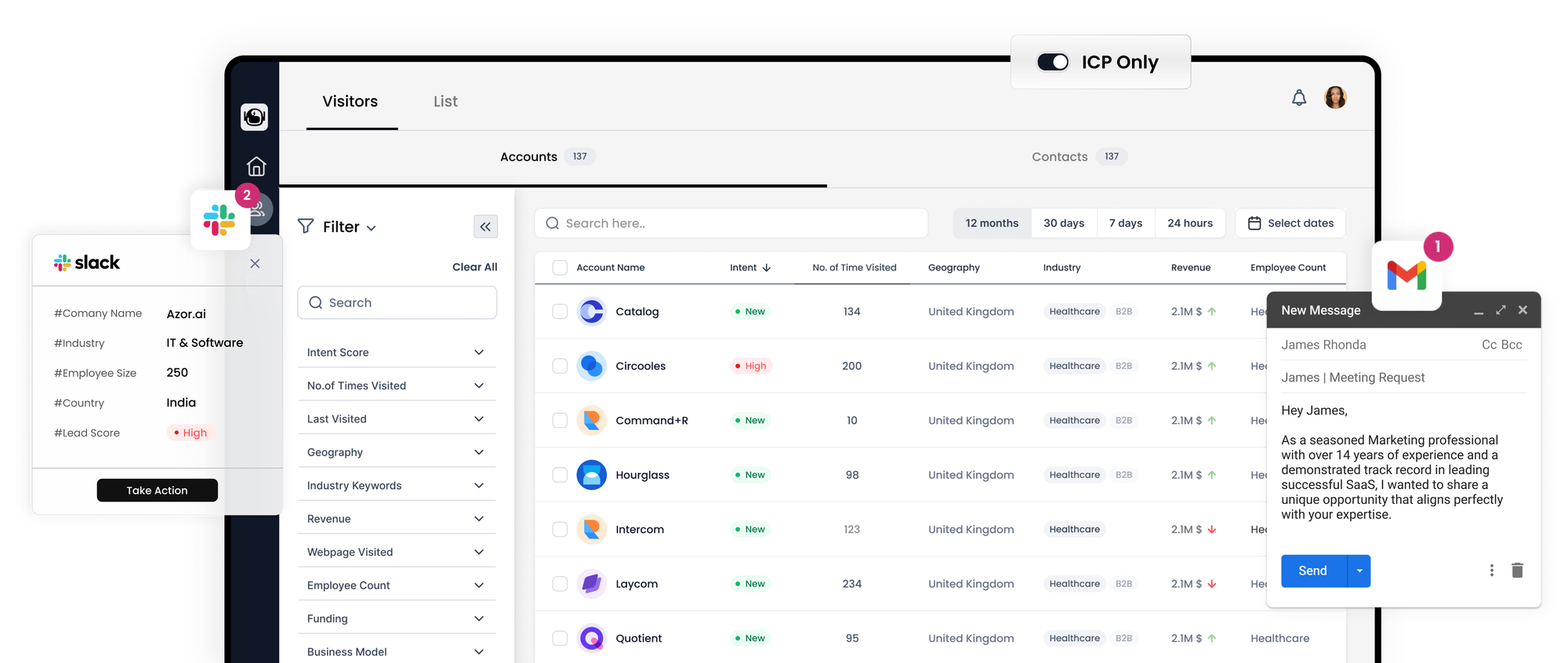Essential Guide to B2B Sales: Approaches and Key Strategies

Steve Jobs astutely observed, “People don’t know what they want until you show it to them.” This philosophy is at the heart of business-to-business (B2B) sales, where the focus is on presenting solutions and opportunities that businesses may not yet realize they need.
The landscape of B2B sales has significantly evolved from traditional methods like cold calling and direct mail. Let's dive into the nuances of B2B sales, exploring various techniques, tools, and strategies for achieving success in this domain.

Essential Strategies for Effective B2B Sales
- Leverage technology and tools for prospecting.
- Build and nurture business relationships.
- Emphasize solution-based selling.
Understanding B2B Sales
B2B sales involve transactions between two businesses, where one company sells products or services to another. For instance, a tech firm selling digital marketing software to other businesses represents a B2B transaction.
Contrasting B2B and B2C Sales
B2B sales differ significantly from business-to-consumer (B2C) sales, where a company sells directly to individual consumers. B2C transactions are typically characterized by individual purchases, such as a consumer buying clothing from a retail store.
Key Differences Between B2B and B2C Sales:
1. **Multiple Decision-Makers**: B2B sales often involve various stakeholders across multiple departments, contrasting with B2C sales where the decision generally lies with one individual. The number of decision-makers in B2B transactions has been increasing, with the Harvard Business Review noting a rise from an average of 5.4 individuals in 2015 to 6.8 in 2017.
2. **Larger Transactions**: B2B sales often entail bulk purchases, leading to transactions with significantly higher values compared to typical single-item B2C sales.
3. **Extended Sales Cycles**: B2B sales processes are typically longer and more complex, devoid of impulse buying. With the involvement of more stakeholders and higher stakes, the sales cycle often extends beyond seven months, especially for new customers, as reported by CSO Insights.
To thrive in the B2B sales environment, it’s crucial to adapt to these unique challenges by adopting strategies that cater to the complexity and scale of these transactions. This involves not just understanding the product or service being offered but also comprehending the diverse needs and decision-making processes of potential business clients.
Flexibility in Pricing: In B2B sales, unlike the fixed pricing often seen in B2C transactions, there's a greater expectation for negotiation. Businesses placing substantial orders typically anticipate a conversation around pricing before finalizing their purchase.
Complex Payment Mechanisms: Contrary to the immediate payment typical in B2C transactions, B2B sales often involve more intricate payment processes. Businesses generally expect to pay on terms, usually after receiving the products and an accompanying invoice.
Understanding the B2B Sales Process
Despite its complexity compared to B2C sales, the B2B sales process shares several core steps with its counterpart. Effective B2B selling requires lead generation, engagement, product presentation, and closing the deal.
1. **Market Research**: A proficient B2B salesperson must thoroughly understand their market, competitors, and the ideal customer profile. This includes knowing how their product or service stands out in the market and its unique value proposition.
2. **Customer Identification**: The next crucial step is identifying potential customers, specifically the decision-makers with the authority and budget to invest in your product or service. It's essential to ensure these prospects have the need, interest, and financial capacity for your offerings.
3. **Initial Outreach**: Armed with market and customer insights, the next move is to engage with potential clients. This could involve outbound marketing tactics like social media, as well as inbound marketing strategies like creating engaging content on a company blog. Direct marketing efforts, such as sending informational brochures or cold-calling, also play a role. For a more systematic approach, email marketing tools like Aweber or Mailchimp can assist in scheduling and tracking emails.
4. **Sales Pitching**: This critical phase involves presenting your product or service as a solution to the client's problems. Tailoring each sales pitch to the specific needs and context of each lead is key. This step should ideally consume the most time and energy in the B2B sales process.
5. **Follow-Up**: Post-pitch, it's common to send a business proposal or statement of work to the client, detailing the discussed terms. This step reinforces the commitment and clarifies the agreement.
6. **Closing the Deal**: The final step is formalizing the sale. If there's any reluctance from the client's side, it's crucial to address their concerns, which might involve additional meetings or product demos.
By navigating these steps effectively, a B2B salesperson can successfully guide a potential lead from initial contact to a closed deal, emphasizing solution-oriented selling and relationship management throughout the process.
Guidelines for Effective B2B Sales Execution
In the current business landscape, B2B interactions demand a partnership-oriented approach, emphasizing consultative engagement over mere transactional exchanges. To enhance your B2B sales process and ensure mutually beneficial outcomes, consider these essential sales strategies:
Strategy 1: Implement CRM Software
Leveraging a Customer Relationship Management (CRM) tool, or a B2B email marketing solution with integrated CRM capabilities, can significantly enhance your ability to track prospects and foster robust relationships throughout the sales journey.
Prominent CRM platforms include Hubspot, Pipedrive, and Salesforce, renowned for their comprehensive features and scalability. For smaller enterprises or individual entrepreneurs, especially those less familiar with advanced technology, CRM solutions like Agile or Zoho offer user-friendly interfaces and essential functionalities.
Strategy 2: Embrace Solution-Oriented Selling
Engage prospective clients with in-depth inquiries that delve into their core business challenges. Aim to understand their organizational objectives, constraints, and pain points. Questions should probe into how they might allocate additional resources or time and identify specific struggles hindering their progress.
Strategy 3: Recognize the Long-Term Nature of B2B Sales
Invest in cultivating enduring relationships that yield satisfied, repeat clients. This involves not only making sales but also ensuring post-purchase satisfaction. Regular follow-up communications to assess their satisfaction levels and prompt resolutions or adjustments when expectations aren't met are crucial.
Staying Competitive in B2B Sales
To excel in the competitive realm of B2B sales, prioritizing lasting client relationships, providing tailor-made solutions, and utilizing appropriate technological tools are key. Businesses adept in these areas are well-positioned to thrive in the expansive and evolving B2B market.
